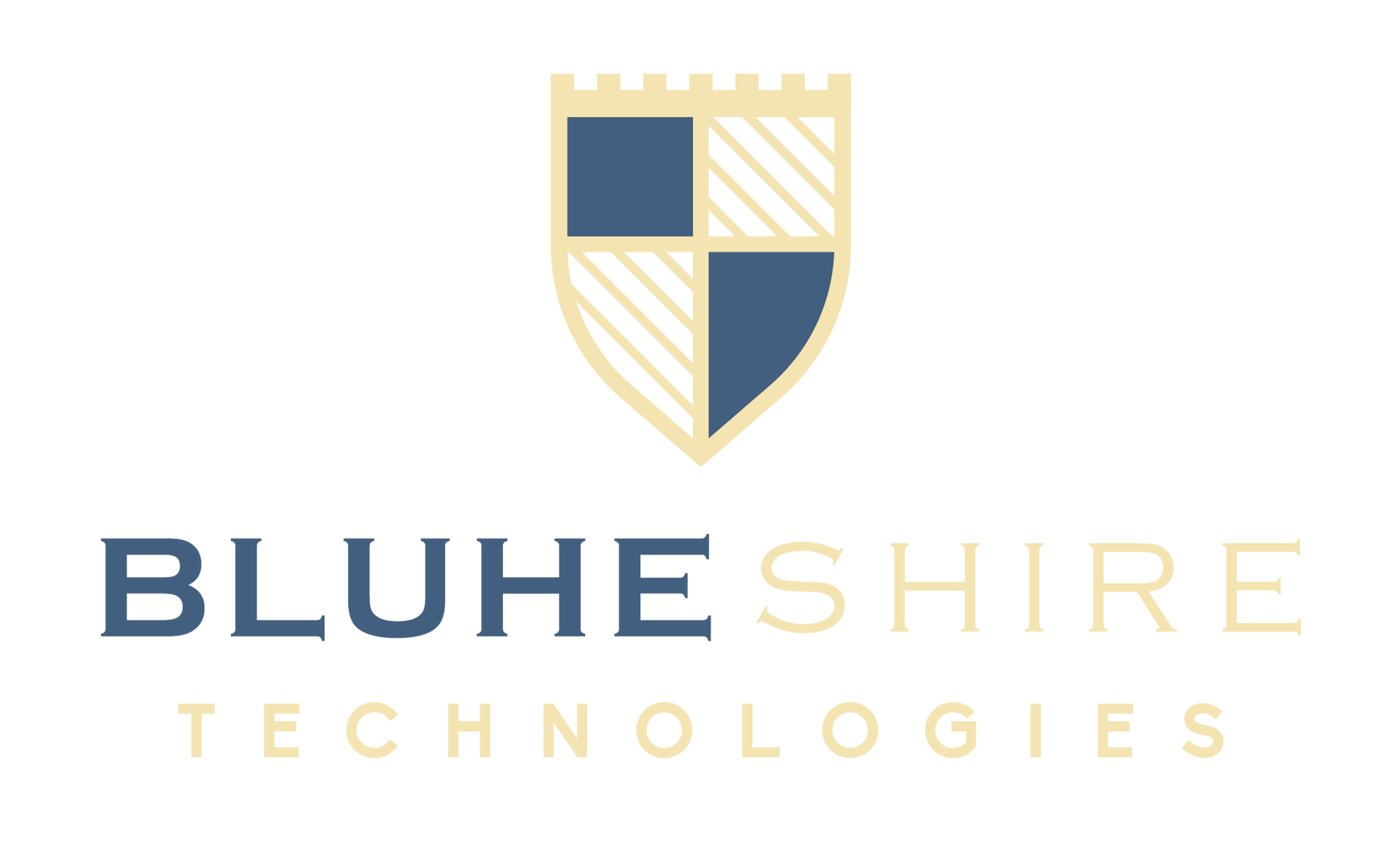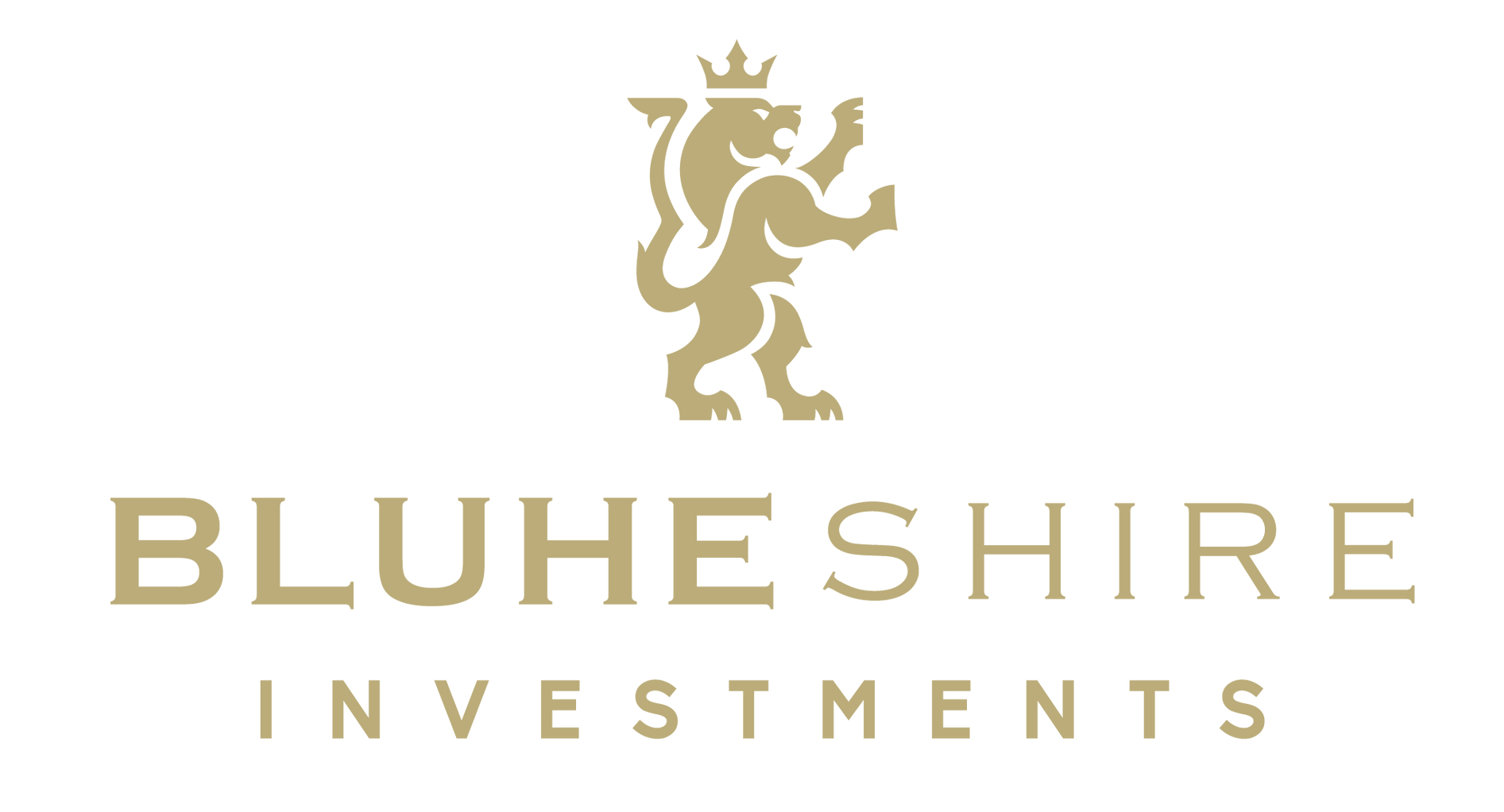Project Funding
monetize Your skr
Monetizing Safe Keeping Receipts (SKR) for Project Funding
Monetizing a safekeeping receipt involves using the receipt as collateral to borrow money, potentially allowing a borrower to access additional funding but also carrying the risk of having to pay back the loan to the lender if the borrower fails to fulfill their obligation and potentially losing the asset represented by the receipt.
What is monetizing a Safe Keeping Receipt?
Monetizing a bank guarantee means using the bank guarantee as collateral to borrow money. A bank guarantee is a promise from a bank to pay a certain amount of money to a beneficiary if the party that obtained the guarantee fails to fulfill a specific obligation.
For example, if a company obtains a bank guarantee to secure a contract with a customer, the company can monetize the guarantee by using it as collateral to borrow money from a lender. The lender may be willing to lend money to the company because it knows that it can recoup the loan from the bank if the company fails to fulfill its obligation under the contract.
Monetizing a bank guarantee can be a useful way for a company to access additional funding, but it also carries some risks. If the company fails to fulfill its obligation under the contract, it may be required to pay back the loan to the lender, as well as the amount of the guarantee to the beneficiary. Additionally, monetizing a bank guarantee may require the company to pay fees to the bank and the lender, which can add to the cost of borrowing.
How It Works
1. Obtain a Safe keeping receipt
In order to monetize a safekeeping receipt, the client must first obtain the receipt from a financial institution, such as a bank or securities firm. This may require the client to provide certain information to the institution, such as its financial history, creditworthiness, and the details of the asset that the receipt represents.
2. Find a lender
The client will need to find a lender that is willing to lend money against the safekeeping receipt as collateral. The lender may require the client to provide additional information about the asset represented by the receipt, such as its value and the creditworthiness of the issuer.
3. Negotiate terms
The client will need to negotiate the terms of the loan with the lender, including the amount of the loan, the interest rate, and the repayment schedule.
4. Sign an agreement
Once the terms of the monetization have been agreed upon, the client and the lender will need to sign a loan agreement outlining the terms of the loan and the rights and obligations of each party.
5. Provide the Safe Keeping Receipt
The client will need to provide the bank guarantee to the lender as collateral for the loan. The lender may require the client to provide an original copy of the guarantee or may accept a certified copy.
6. Repay the loan or fulfill the terms of the sale
The client will need to provide the safekeeping receipt to the lender as collateral for the loan. The lender may require the client to provide an original copy of the receipt or may accept a certified copy.


